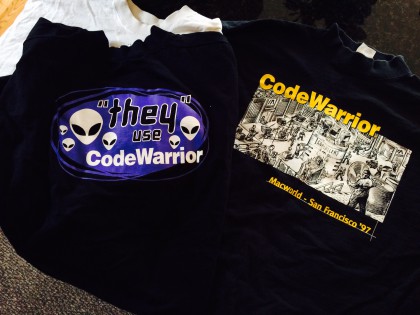This story is based on content from Yukari Iwatani Kane’s new book “Haunted Empire: Apple After Steve Jobs”.
In her book she says Jobs told his top executives before he died that he had no plan to release a television because it’s a bad business.
Every year Apple hosts a “Top 100” meeting, which gathers the top 100 executives, managers, and employees. As will all things Apple, the top 100 meeting is supposed to be secretive.
Jobs would give people a month’s notice before a top 100 happened. The Apple staff would then be bused to a resort where they would give presentations on Apple’s business. New products were often revealed. No one was to email outsiders, even Apple employees, or tweet or anything while at the meeting.
In 2010, Jobs hosted his final Top 100 meeting. Apple revealed the iPad 2 and its magnetic cover in the meeting. When Jobs did a Q&A on the new iPad, all the executives were fawning over the cover.
“Enough with the f***ing cover!” Jobs finally said. “Can we talk about the iPad?”
At the time Jobs quite sick, and it was apparent. He wasn’t chewing out employees during their presentations like he normally did. He was having trouble walking, and he looked weak.
Yukari reports on the last day of the meeting, Jobs sat in front of the room with everyone and said, “You’ve got Steve Jobs sitting right here. You’re my guys, you can ask me anything you want. I don’t care how dumb it is or how insulting it is. I want to make you all feel comfortable about whatever questions you have about the company.”
One person asked if Apple was going to release a television next. There were already rumors all over the place that it was Apple’s next conquest.
Yukari says “Jobs didn’t hesitate.” He said, “No.”
“TV is a terrible business. They don’t turn over and the margins suck,” said Jobs. (Unlike iPhones which are wildly profitable and replaced every two years, a TV gets replaced every 8 years, and isn’t all that profitable.)
Interesting.

